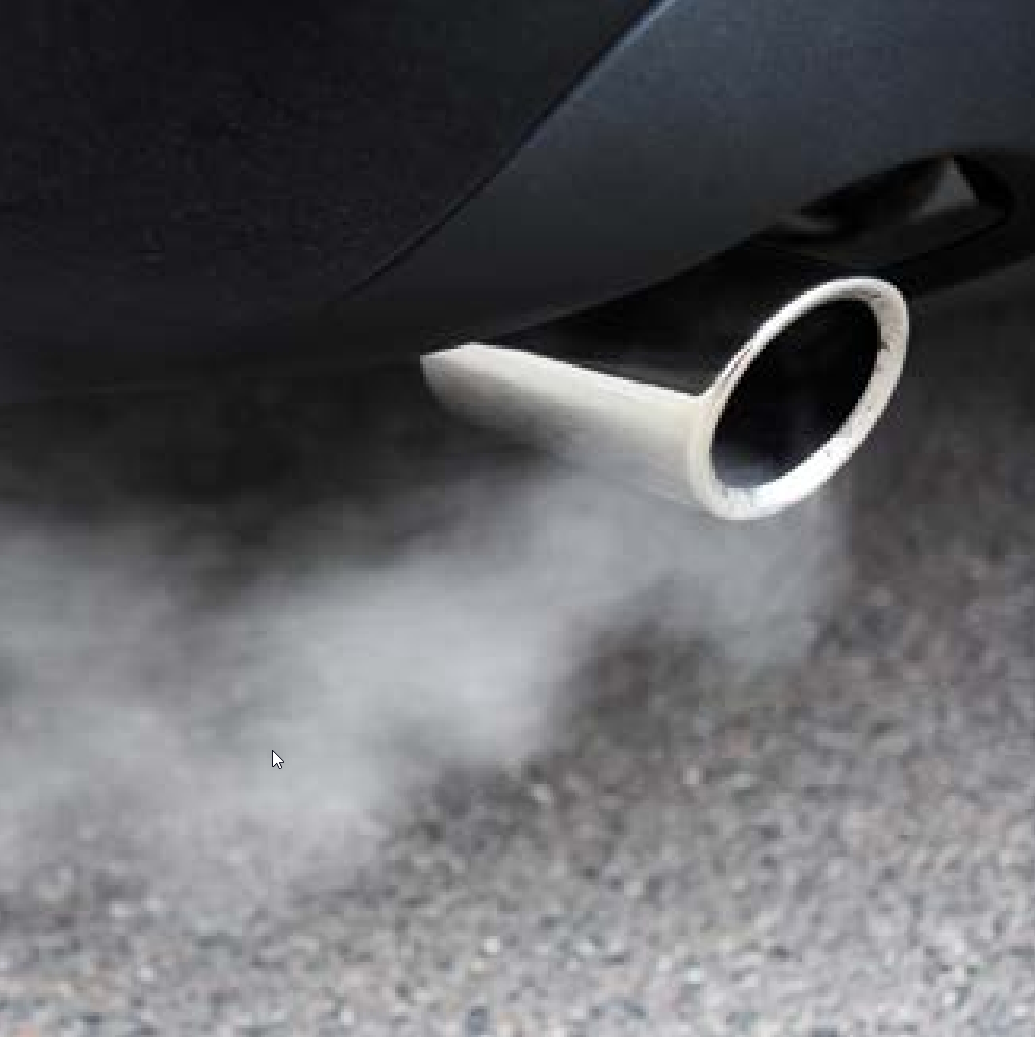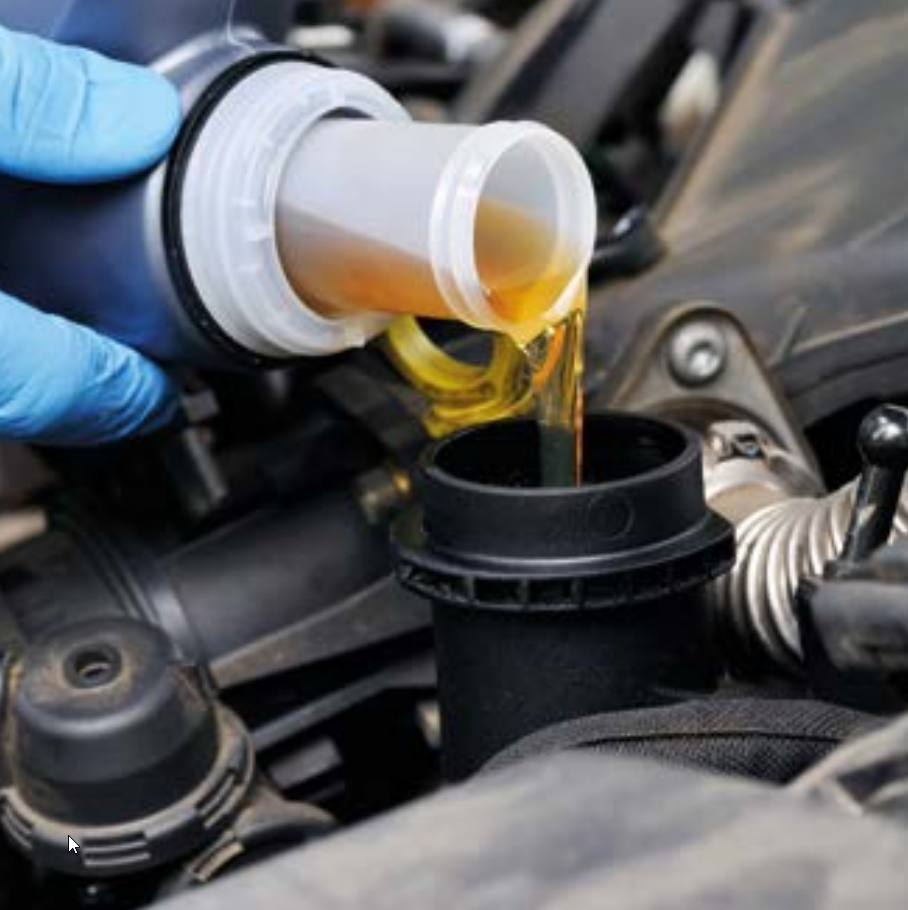Engine oils for vehicles – Current trends and oil analysis
Table of contents
Trend 1: Reduction in emissions
The current Euro VI exhaust emissions standard reduced the limits for diesel engines in commercial vehicles and buses by around 67% for particles and as much as 80% for nitrogen oxides in comparison to Euro V. The European Parliament has agreed a maximum limit of 95 grams of carbon dioxide (CO2 ) per kilometre for all new cars from 2021. 95% of vehicles must meet this condition by 2020. The bar is set high for reduction of emissions. However, the reduced exhaust emissions can only be achieved with engine oils designed for the task. Yet if engine oils designed for a lower performance level are used, it is often not possible to comply with exhaust emission limits. During combustion, an unsuitable engine oil can also produce too many fine particles which build up in the pores of the diesel particle filters and dramatically reduce their service life. Deposits can also form on the piston head or the valves, which can impair the optimum combustion process, for example through 'knocking', and cause damage to the engine.
The exhaust emissions provisions are reflected in the maximum permitted levels of ash-forming substances in the engine oils, for example. Depending on the amount of sulphated ash detected in the lab, which essentially depends on the levels of the additives phosphorus and sulphur, the engine oils are known as low, medium or high SAPS oils (SAPS = sulphated ash, phosphorus, sulphur). In fixed petrol engines, for example, there are even 'ash-free' engine oils in use. While generous amounts of sulphur and phosphorus used to be added to the oils to protect against oxidation and wear, these are now reduced to a minimum. In order to meet today's requirements for low SAPS oils, such as longer oil change intervals, less friction and good protection against wear, brand new additive packages were developed and optimum base oils were selected for these.
Trend 2: Lowering consumption of fuels and lubricants
The engines should run in a way that saves on fuel and oil – engine oils are also in demand here. A significant criterion in this regard is the base oils' evaporation loss caused by factors such as structure-related high temperatures at the piston rings and the underside of the piston. Yet the quantity of the engine oil that evaporates on contact with the components also depends on this itself. Factors such as the type of base oil, its viscosity and the additive package play a role. An engine oil with a high level of highly volatile molecules tends to thicken. This leads not only to a deterioration in its multi-purpose characteristics and low temperature properties.
The cylinder and oil scraper rings are less adept at scraping oil with a highly viscous lubricant film from the cylinder wall. Accordingly, more engine oil combusts with the fuel – increasing engine oil consumption. A thicker oil also loses some of its low-friction properties and therefore contributes to increased fuel consumption. The lower an oil's evaporation loss, the more stable its viscosity properties. The consumption of fuel and oil is therefore all the lower.
The evaporation loss detected using the Noack test in 60 minutes at 250°C is limited in the current ACEA specifications E6, E7 and E9 to a value of ≤ 13% for engine oils for heavy commercial vehicles, for example, whereby the figures are far lower for very good oils.
Trend 3: Thinner and thinner
Engine oils in SAE classes 0W20 and 0W30 for cars or 5W30 for commercial vehicles are not uncommon today. Even engine oils in viscosity classes SAE 0W16 and 0W12 are already available. For hybrid vehicles, there is even an oil with viscosity class 0W8 on the market. And the trend is moving towards even 'thinner' oils. In principle, every engine runs more smoothly and economically with a less viscous engine oil. Yet the thinner the oil, the harder it is to build a hydrodynamic, stable oil film which prevents mechanical contact between the moving parts as much as possible and protects their surfaces from wear. In this context, the engine oil's HTHS viscosity plays a role. HTHS, 'high temperature high shear', indicates the dynamic viscosity that is measured under the influence of high shear forces at 150°C in millipascal-seconds (mPa-s). Lowering the HTHS viscosity should lead to a reduction in power dissipation and thus to fuel savings due to low 'inner friction' of the oil. If the HTHS viscosity is reduced too greatly and the oil film becomes too thin, however, the resistance to wear is at risk. Setting lower limits for HTHS should ensure that engine oils themselves guarantee the necessary lubricating safety in big end bearings with their large shear forces and high oil temperatures. In order to further level the surface asperities of paired metal surfaces and therefore to form a continuous lubricating film more easily, additional Trend 3 Thinner and thinner Trend 2 Lowering consumption of fuels and lubricants Trend 1 Reduction in emissions 5 friction-reducing additives, e.g. on a molybdenum-organic basis, are added to some oils. These additives are often used in racing engine oils to reduce wear.
Conclusion: Creating efficient engine oils with low HTHS viscosity, a high viscosity index, low evaporation loss and outstanding protection against wear is a total balancing act. Examining and selecting suitable oils is only possible with the help of a range of oil analyses.
Trend 4: Hybrid vehicles and electric drives
Hybrid vehicles – e-drive coupled with combustion engine
Hybrid vehicles are propelled with the help of an e-drive, whose battery is recharged where required by a combustion engine, usually running on petrol. This allows the engine to almost always be operated at approx. 2,500 revolutions in the optimum efficiency range of over 35%, while in conventional operation, no more than 20% is achieved. Traditional engine oils were originally used in these engine designs.
Special oils are now increasingly used for hybrid engines. As hybrid engines usually run in a relatively narrow speed range and are subject to the same strain, oils with lower viscosity classes SAE 0W8 to 0W20 are used.
With the help of the battery, the oil is preheated in such a way that there is almost no cold start. Yet in a frequent interval operation such as in urban traffic and operation at a nearly constant speed, these engine oils change in different ways to their classic equivalents. However, there are as yet no results from longterm tests with these engine oils from hybrid vehicles.
That is why regular monitoring of the engine oil to determine the optimum oil change interval combined with an assessment of the systems' durability is definitely recommended.
Vehicles with electric-only drive
Electric vehicles whose batteries are supplied with new power at charging stations also require lubricants, but no engine oils. For the drive gears downstream from the e-engine, the use of a gear or transformer oil is still required. The power steering and usually also the vehicle suspension are powered by servo or multi-purpose hydraulic oil. Either the transformer oil or a coolant containing water are used to cool the battery cells. However, these products differ from the products for vehicles with combustion engines in major aspects.
Oil analysis with a variety of new duties
Conclusions on state-specific oil change intervals, detecting causes of damage and preventing damage and wear – lubricant analysis is also crucial in the automotive industry. However, in addition to these traditional duties, it is also constantly acquiring new ones. These are as varied as the developments in the area of engine oils, which are getting thinner and thinner and yet must remain resistant to wear. Neither custom-made lubricants for hybrid engines or electric vehicles nor energy-saving, low-viscosity engine oils for classic combustion engines can be developed without observation through oil analyses. When developing new engines, the aims are to lower exhaust emissions and reduce consumption of fuel and lubricants. When using the engine oils developed for this purpose, oil analysis is a crucial monitoring tool in practice, particularly in long-term use, for finding out more about lubricants and the engines lubricated with them. All in all, lubricant analysis is playing an increasingly important role in light of raised awareness of the environment. We at OELCHECK are perfectly prepared for this.
OELCHECKER Spring 2018, pages 4, 5








